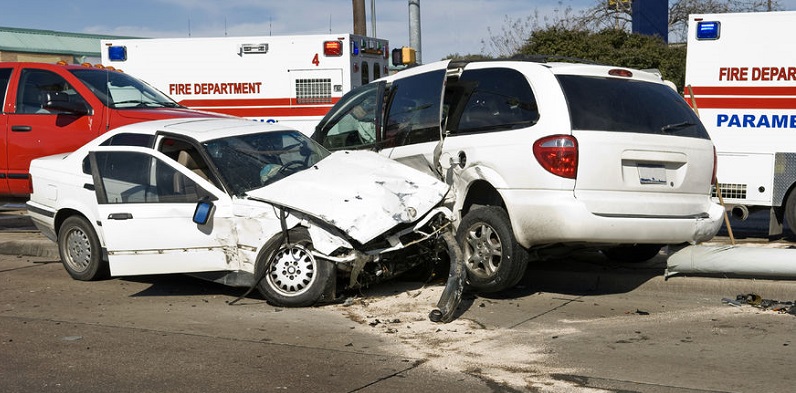Even if a personal injury case is filed in Colorado court, this does not mean that the matter will automatically go to trial. Settlement negotiations can continue while the case is pending, up to the time of the trial, and even during the trial.
How Colorado Injury Cases Typically Resolve
Negotiating a settlement in a Colorado personal injury case is a little like making an offer to buy a house: Although the first offer may not be accepted, both sides will continue to negotiate to eventually come to a satisfactory resolution.
Most personal injury claims follow a similar timeline, and after the medical treatment is completed and all the damages have been calculated, settlement negotiations will begin.
The Negotiation Process
Once the plaintiff has finished accident-related medical treatment and has been placed by his or her physician at “maximum medical improvement,” the plaintiff’s attorney will draft what is known as a settlement demand letter for the at-fault party’s insurance carrier. This letter will usually contain the following information:
- The basic facts surrounding the circumstances of the accident and the parties involved.
- A description of the plaintiff’s injuries.
- An itemized list of the “special” damages sustained, including medical bills, out-of-pocket expenses, and lost wages.
- A figure reflecting the “general damages” or the pain and suffering sustained by the plaintiff, which is usually calculated by multiplying the special damages by a number between two and five.
- The total amount of the special and general damages added together, which is the amount the plaintiff is demanding from the defendant in order to settle the case.
The settlement demand will also explain how and why the defendant is liable for the plaintiff’s damages, and designate when a response is expected (usually within 30 days). After the liability insurance carrier receives the settlement demand, a claims adjuster will review it and issue a response via telephone or letter. This is the point when the actual negotiations will begin.
The claims adjuster will typically try to convince the plaintiff’s attorney that the claim is worth much less than the settlement demand indicates, and may try to press for acceptance of a low offer, claiming it to be a “one-time” offer. Plaintiffs should almost never accept this initial offer, unless it is deemed to be a fair one, based on the damages sustained. But typically this offer is merely a test to see how impatient the plaintiff might be to settle the claim or how familiar they are with the personal injury negotiation process.
At this point, if the initial offer is not accepted as fair, the plaintiff’s attorney will reject it and make a counteroffer, explaining why the initial offer was seen as unfair. The plaintiff’s attorney might also reduce the initial settlement demand — but usually not by much — to show a willingness to compromise and move the negotiations forward.
The Final Offer
If the counteroffer is not accepted, the negotiations will continue until the claims adjuster makes a final settlement offer. The plaintiff must then decide whether to accept that offer or file the matter in court if this has not already been done.
Even if a personal injury case is filed in Colorado court, this does not mean that the matter will automatically go to trial. Settlement negotiations can continue while the case is pending, up to the time of the trial, and even during the trial. Contact an experienced Colorado personal injury attorney to help guide you through this process, and make every effort to settle your case for the most compensation possible.

